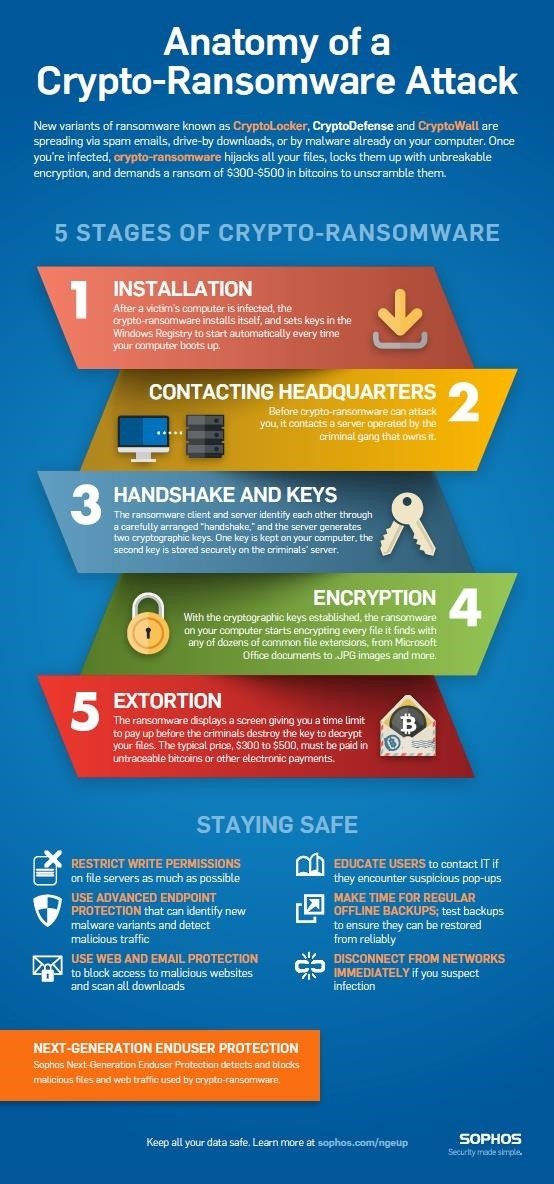How Elliot & Fsociety Destroyed Evil Corp's Data
In the conclusion of the Mr. Robot television series, Elliot and fsociety successfully completed their mission of encrypting all of Evil Corp's data with AES-128 encryption and destroying the key.
Now that all of the data on Evil Corp's servers (including 70% of the world's consumer debt and student loans) has been successfully destroyed, let's examine how they did it, or rather... how they might have done it. Since the show is a bit vague on details, let's examine a similar attack that has recently surfaced in Europe.
A Quick Review of How It Played Out
We know that Elliot and fsociety had destroyed all of the back-up tapes held by Steel Mountain when they hacked the HVAC system with a Raspberry Pi, which they used to turn up the temperature in the storage facility high enough to render the backups unusable.With the tapes unusable, Elliot had to then destroy the data on Evil Corp's servers without being traced. As you know by now, deleting the files on the servers will not remove the data. Elliot and his colleagues knew this too, so they decided to encrypt the data with AES instead. In this way, the data was still there, but indecipherable to Evil Corp.
Using Chimera as an Example
Recently, a new type of ransomware was found in Germany called Chimera. It has been used to attack businesses in Germany, rather than consumers as much of the previous ransomware targeted. Since most ransomware works similarly, let's use it as a model for how Elliot and fsociety may have "destroyed," or rendered useless, the data on Evil Corp's hard drives.In this analysis, I will summarize how Chimera works, leaving out some steps for the sake of brevity. If you would like a copy of Chimera to conduct your own detailed analysis, I have posted it on Pastebin here.

Step 1Delivering the Malware
Like much of the ransomware that has appeared in recent years, Chimera was delivered by email, likely with a social engineering component to get someone to click on a link or a file. It was written in .NET.
Step 2The AES Algorithm
The second stage is the encrypted and encoded payload that contains a method that is clearly an AES encryption algorithm. Elliot and his colleagues would have used this or something very similar to encrypt Evil Corp's data. Likely, that would have it run in multiple threads to speed up the process. Considering the fact that Evil Corp likely has petabytes of data, encrypting it all would take some time.
Step 3Mapping to Memory
In the next stage, Chimera then manually maps its processes to memory. This is very likely to bypass ASLR and DEP protections that are built into Windows and other operating systems. These protections randomize where a process will likely be in memory, making it more difficult to implement a buffer overflow as the malware cannot predict the location of the pointer. By manually mapping the process to memory, it makes it more likely that the malware will function as expected.
Step 4Find 32-Bit Process to Host
Next, Chimera goes through every Windows process looking for a 32-bit process that can host its payload and then open it.
Step 5Finding the Local IP
Next, this ransomware goes out and finds the public IP of the machine it has infected by using whatismyipaddress.com. It then stores that value in a variable.
Step 6Call Back to Command & Control Servers
Once Chimera has the IP of the infected host, it then calls out to its command and control (C&C) servers. In this case, those servers are at 95.165.168.168 and 158.222.211.81.

Step 7Browse & Find Hard Drives, Then Files
Next, the malware must find the hard drives where the data is stored. It needs to browse each of the logical drives and then store these locations into a variable for later use in the encryption process.
Step 8Get Random Key
Now that Chimera has successfully taken over a 32-bit process, mapped itself to memory to avoid ASLR, and enumerated the hard drives, it needs to call back to its command and control server to get a random key with which to encrypt the files.
Before it starts the encryption, it looks for the following file types:
.jpg, .jpeg, .xml, .xsl, .wps, .cmf, .vbs, .accdb, .ini, .cdr, .svg, .conf, .config, .wb2, .msg, .azw, .azw1, .azw3, .azw4, .lit, .apnx, .mobi, .p12, .p7b, .p7c, .pfx, .pem, .cer, .key, .der, .mdb, .htm, .html, .class, .java, .asp, .aspx, .cgi, .php, .jsp, .bak, .dat, .pst, .eml, .xps, .sqllite, .sql, .jar, .wpd, .crt, .csv, .prf, .cnf, .indd, .number, .pages, .x3f, .srw, .pef, .raf, .rf, .nrw, .nef, .mrw, .mef, .kdc, .dcr, .crw, .eip, .fff, .iiq, .k25, .crwl, .bay, .sr2, .ari, .srf, .arw, .cr2, .raw, .rwl, .rw2, .r3d, .3fr, .eps, .pdd, .dng, .dxf, .dwg, .psd, .png, .jpe, .bmp, .gif, .tiff, .gfx, .jge, .tga, .jfif, .emf, .3dm, .3ds, .max, .obj, .a2c, .dds, .pspimage, .yuv, .3g2, .3gp, .asf, .asx, .mpg, .mpeg, .avi, .mov, .flv, .wma, .wmv, .ogg, .swf, .ptx, .ape, .aif, .av, .ram, .m3u, .movie, .mp1, .mp2, .mp3, .mp4, .mp4v, .mpa, .mpe, .mpv2, .rpf, .vlc, .m4a, .aac, .aa3, .amr, .mkv, .dvd, .mts, .vob, .3ga, .m4v, .srt, .aepx, .camproj, .dash, .zip, .rar, .gzip, ., mdk, .mdf, .iso, .bin, .cue, .dbf, .erf, .dmg, .toast, .vcd, .ccd, .disc, .nrg, .nri, .cdi
Step 9Ransom Request
Finally, Chimera makes a ransom request to the business owner. Note that the browser and its associated files are exempt from the encryption to enable the browser request and receive the payment of the ransom.
Comments
Post a Comment